This is what happened in PC gaming hardware in 2021
Was 2021 a good year for PC hardware? Let's take a look through a year's worth of drama, releases, and developments.
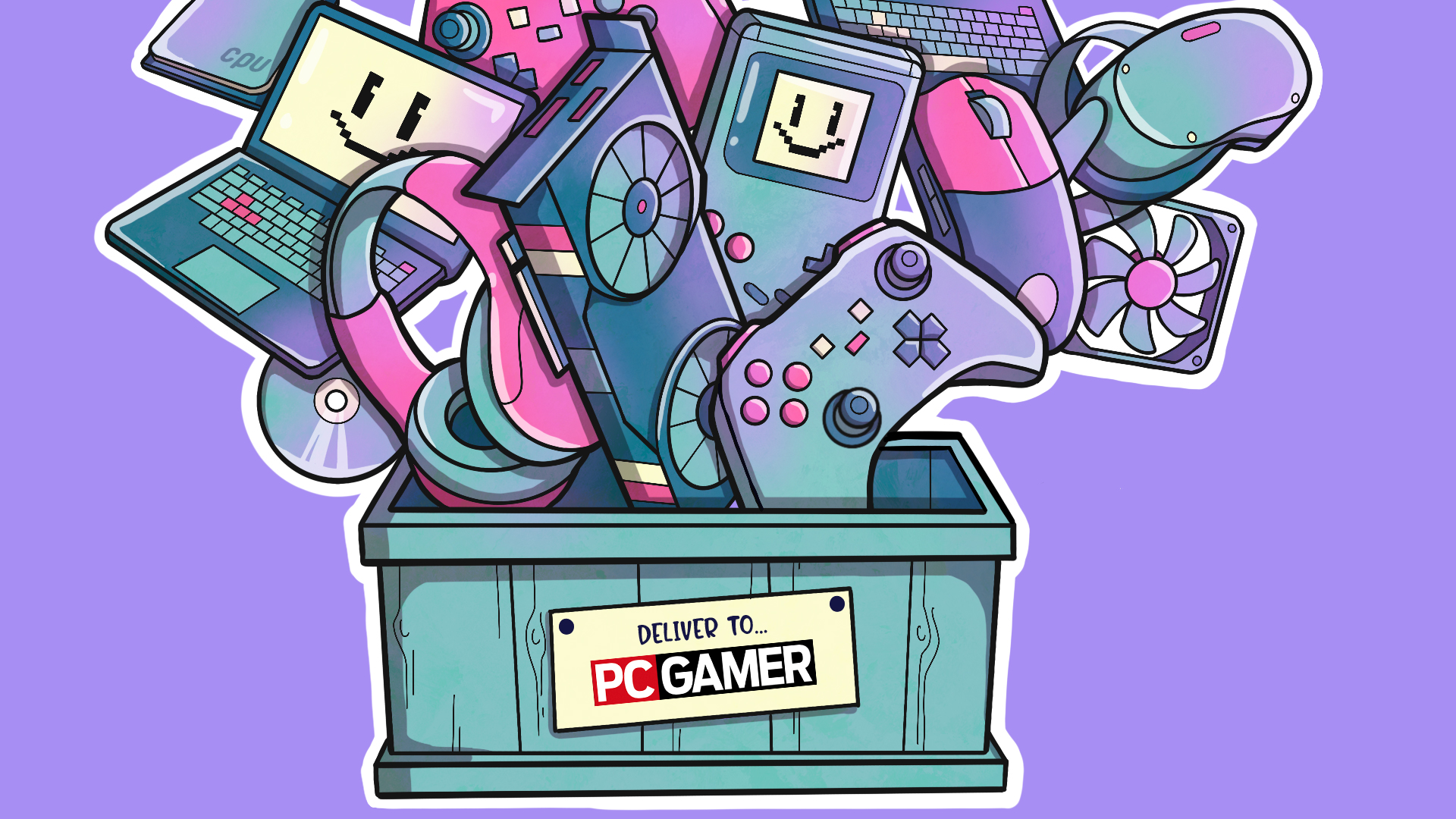
Has 2021 been a good year for PC gaming? Yes and no. Mostly no, at least for those of us gaming on an older graphics card in dire need of an update. But I'd like to take a moment to appreciate that it's not all been bad, and there have been some inventive and exciting new products released across these past twelve months—the tech that snuck out between the drama of empty shelves.
You've got to take the bad with the good, and we've sure had a lot of both. The graphics card shortage, stemming from a wider semiconductor and component shortage, is all kinds of bad, and has left some PC gamers in treacherous positions with ageing gear. Though, look to the positives, and Intel's Alder Lake processors are the beginning of something extremely exciting for the company's fightback against AMD.
And there's all that stuff from the year that appear distant memories by now: Hard drives capable of coming close to SATA SSD speeds, a child breaking the lottery to buy an RTX 3090, and Nvidia shrugging off claims it misled investors over crypto. Ah yes, it's all coming back to me.
Even though the year has sped by, a lot has happened in these past twelve months. So let's break it down into quarters and freshen up our recent PC hardware history before 2022 arrives.
What happened in hardware: January – March
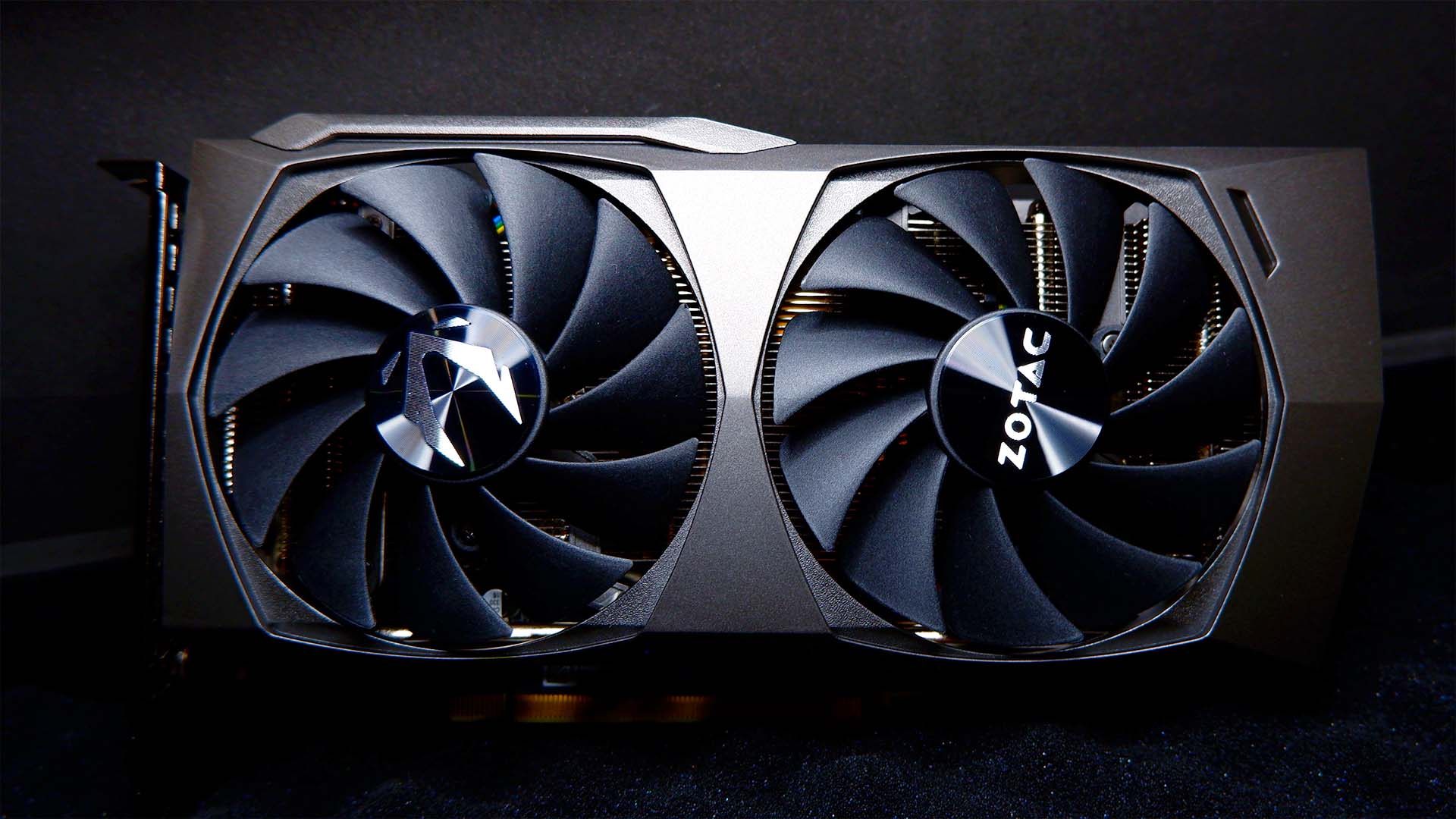
The key bits:
- Nvidia releases RTX 3060 12GB
- Nvidia announces cryptocurrency mining graphics card lineup
- AMD releases RX 6700 XT
- Samsung stacks 512GB on a single stick of DDR5 RAM
- Apple M1 Macs were feared to be chewing through their SSDs
- Nvidia struck down a lawsuit that accused the company of misled investors
The important bit: We were more hopeful of graphics card stock returning in January of 2021. I mean, we've been hurt before as PC gamers, holding out for graphics card stock that never arrives, so it's not like we were blinded by hope of a better tomorrow. There were a few things on the horizon that seemed to have the potential to make all of our GPU pain go away.
One such glimmer of hope was the incoming release of Nvidia's GeForce RTX 3060 12GB in February, which was to launch as the cheapest RTX 30-series graphics card to-date—a title it still holds to this day on desktop, sadly, and it's only got pricier. Traditionally the high volume card of the lot, meaning it will ship the most out of any of Nvidia's GPUs, the RTX 3060 12GB should've been the one to break the back of the shortage in terms of price and availability.
Keep up to date with the most important stories and the best deals, as picked by the PC Gamer team.
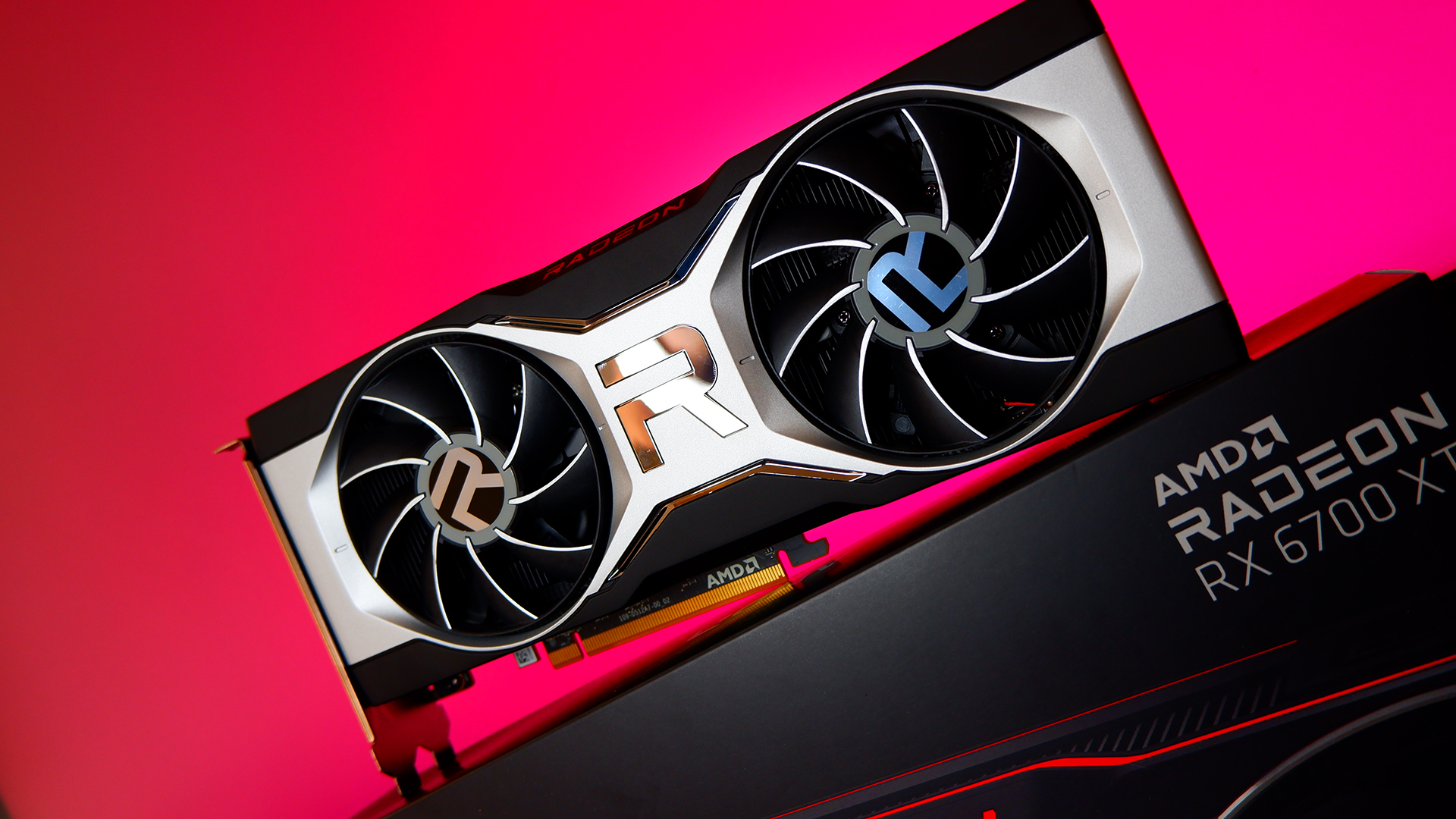
Helping the RTX 3060 12GB along was the hash rate limiter. Nvidia's answer to the cryptocurrency market's thirst for GPUs to send down the crypto-mines was to try to prevent its gaming GeForce graphics cards from operating at full speed when mining cryptocurrency. If a graphics card with the limiter detected cryptocurrency mining, it would halve the hash rate, thus making the card far less effective, efficient, and valuable.
In return, Nvidia would release a new lineup of cryptocurrency mining-specific graphics cards called CMP for short. These would use the GPU equivalent of an offcut to aid cryptocurrency mining operations while leaving the GeForce lineup untouched.
Of course, neither seemingly did much to make the situation better for PC gamers, but we can't really say what it would've been like in their absence. It certainly could have been even worse without the hash rate limiter, but, as we know, this unhackable handshake wouldn't last long before being accidentally bypassed by Nvidia itself.
At least the release of the RTX 3060 12GB in March led to an array of announcements for pre-built gaming PCs with this more affordable card at the helm. These machines would save a good few gamers in 2021, as they turned out to be one of the only ways to get into PC gaming for the duration of the year.
What happened in hardware: April – June
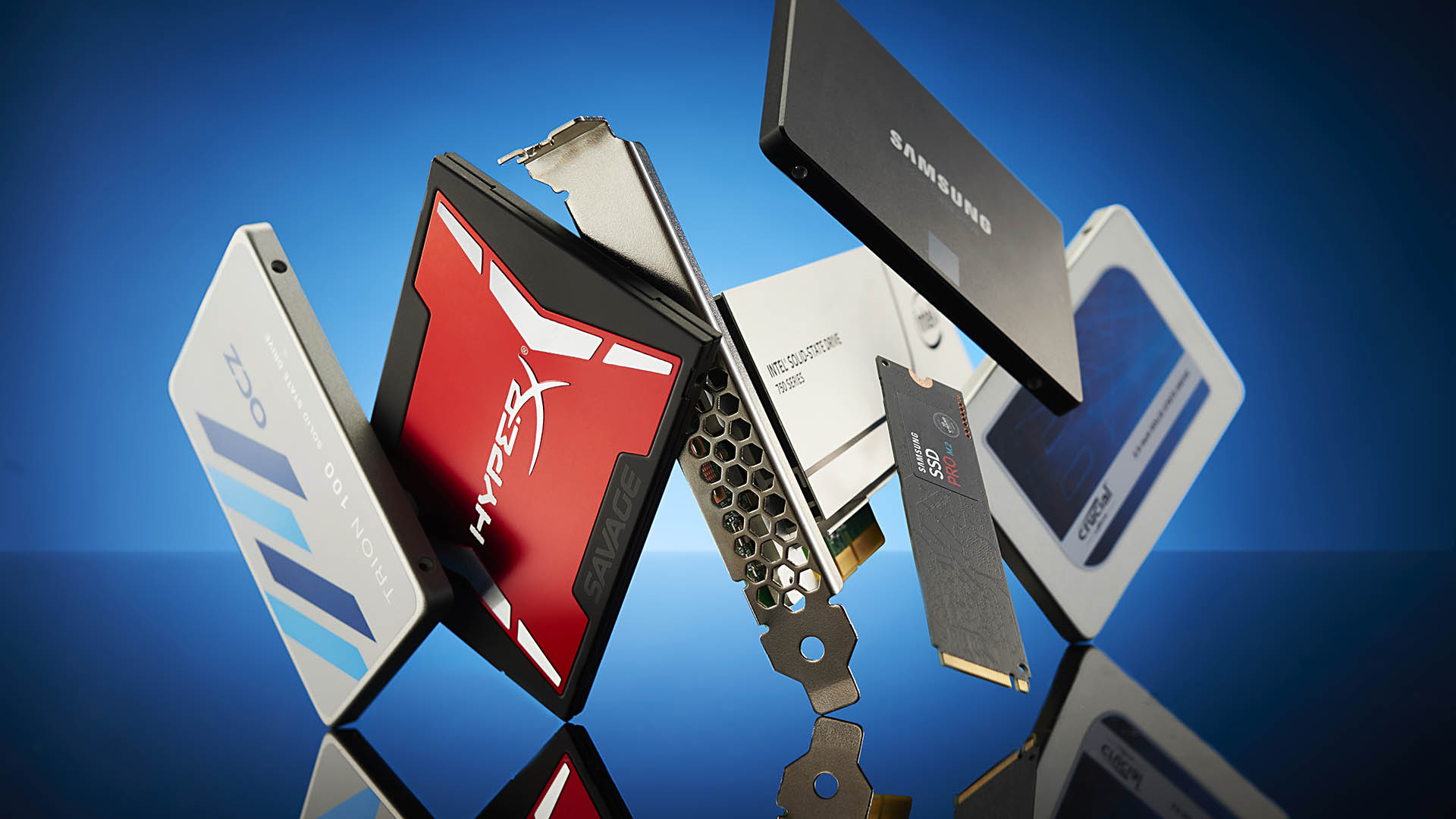
The key bits:
- Nvidia releases two new graphics cards: the RTX 3080 Ti and RTX 3070 Ti
- Ethereum says it will move to proof-of-stake in a matter of months (but doesn't)
- Microsoft sets a kill date for Windows 10 support as Windows 11 looms
- The world's fastest hard drive rivals SSD speeds
- A rogue Arm employee causes Nvidia a headache for its buyout deal
- Chia cryptocurrency releases on May 3, 2021
The important bit: While two Nvidia graphics cards—the Nvidia GeForce RTX 3080 Ti and RTX 3070 Ti—and AMD's mobile RDNA 2 lineup were yet to come by April 2021, it was the Chia cryptocurrency that had some PC gamers hairs standing on end.
So what is Chia? It's a cryptocurrency that relies on a proof-of-space algorithm to generate consensus. What that means is, rather than most cryptocurrencies today that rely on power-sapping proof-of-stake algorithms and GPUs or ASICs, Chia relied on humble SSDs and HDDs and gobbling up storage space instead.

Of course, the immediate thought for many at the time was, 'oh great, now SSDs are going to be in short supply', and there were some signs that could be the case once the cryptocurrency was fully trading on May 3, 2021. HDD prices were already ballooning in China, seemingly as a result of Chia, and manufacturer Seagate acknowledged that it had seen an "uptick in demand" due to the use of SSDs for mining.
In the end, though, the storage-based cryptocurrency wouldn't have much of an impact on the PC gaming hardware market, and still doesn't to this day. But you try telling that to gamers that had already been through the ringer back in April. The Chia Network Price (XCH) launched at $1,498 but is currently sitting at $96.
On the flipside, there were promising signs out of the Ethereum camp, the most popular cryptocurrency to mine on graphics cards, that it would move away from the power-hungry, environmentally damaging proof-of-work consensus algorithm and instead to a proof-of-stake one. Thus potentially leaving more graphics cards for the rest of us.
However, it didn't do that. And it still hasn't.
What happened in hardware: July – September

The key bits:
- Valve announces the Steam Deck
- 11-year-old discovers loophole in Newegg's lottery system, buys RTX 3090
- A hacker that stole $600m was offered a job at the place he stole it from
- Amazon's New World MMO reportedly kills high-end GPUs
- Nvidia releases an adorably small graphics card
- Windows 10's security thwarted by plugging in peripherals
- Windows 11's best gaming feature confirmed for Windows 10
- Asus announces RTX 3070 Noctua Edition
The important bit: The biggest announcement, and surprise, of not only the July to September period but the entire year was the Steam Deck, coming out of Valve. This is a handheld PC powered by AMD Ryzen and Radeon technology, and is probably the closest PC gamers will get to the feeling of a console launch.
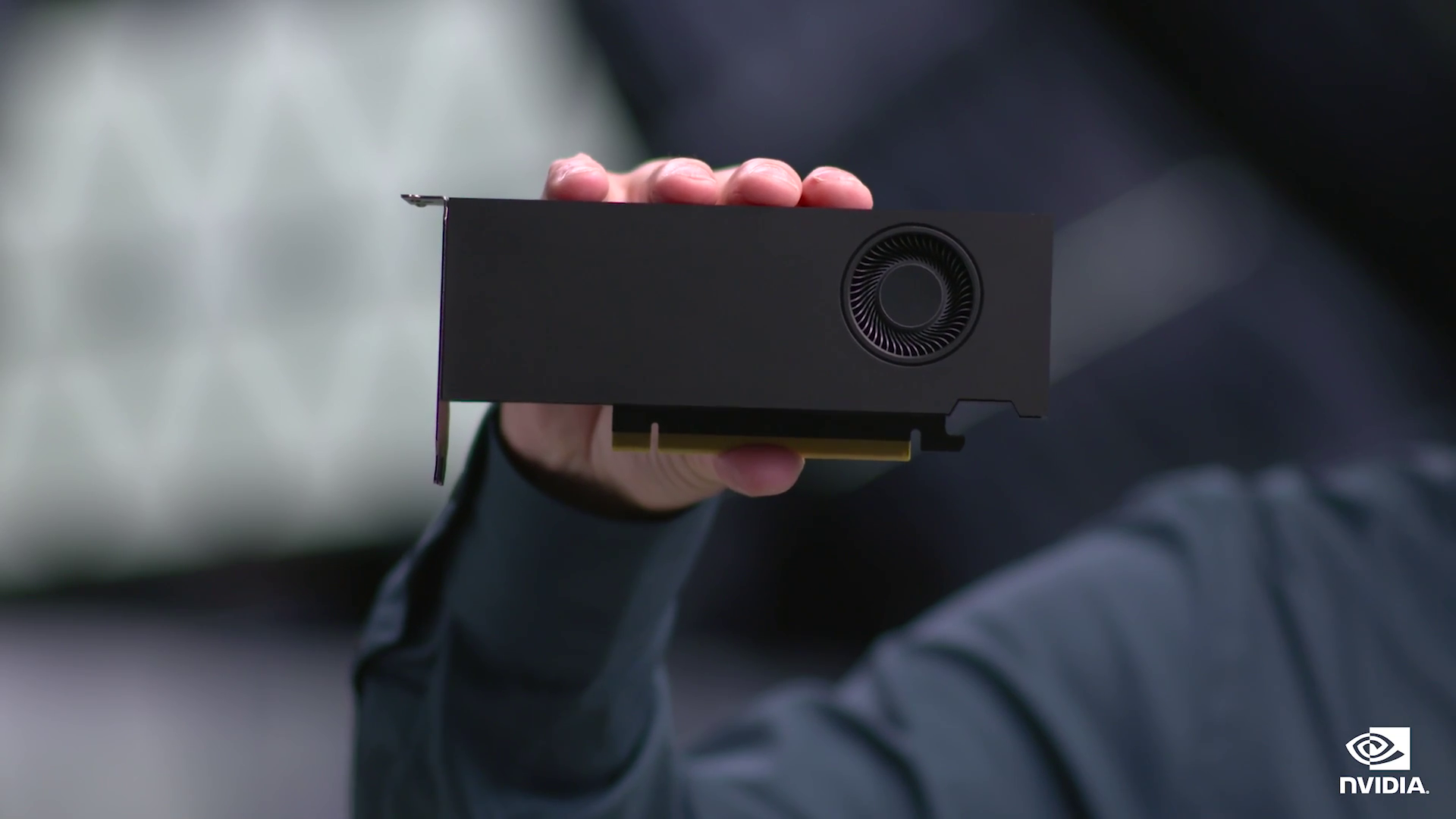
The actual console may have been delayed from its original December release, but at the time of its announcement it was the hottest topic in PC gaming. It's no surprise why, either, as this console promised to deliver the best PC games on-the-go. Valve wants to see every single PC game up-and-running on the Steam Deck, and that means if you play it on your desktop now, it will probably make its way to this clever handheld.
It will run the SteamOS, a Linux-based operating system crafted by Valve's hand. And that also meant that this past year may be a turning point for Linux gaming on the whole. That could be the beginning of a seismic shift in what it means to have a gaming PC, but we'll know more once the console actually launches in 2022.
What happened in hardware: October – December
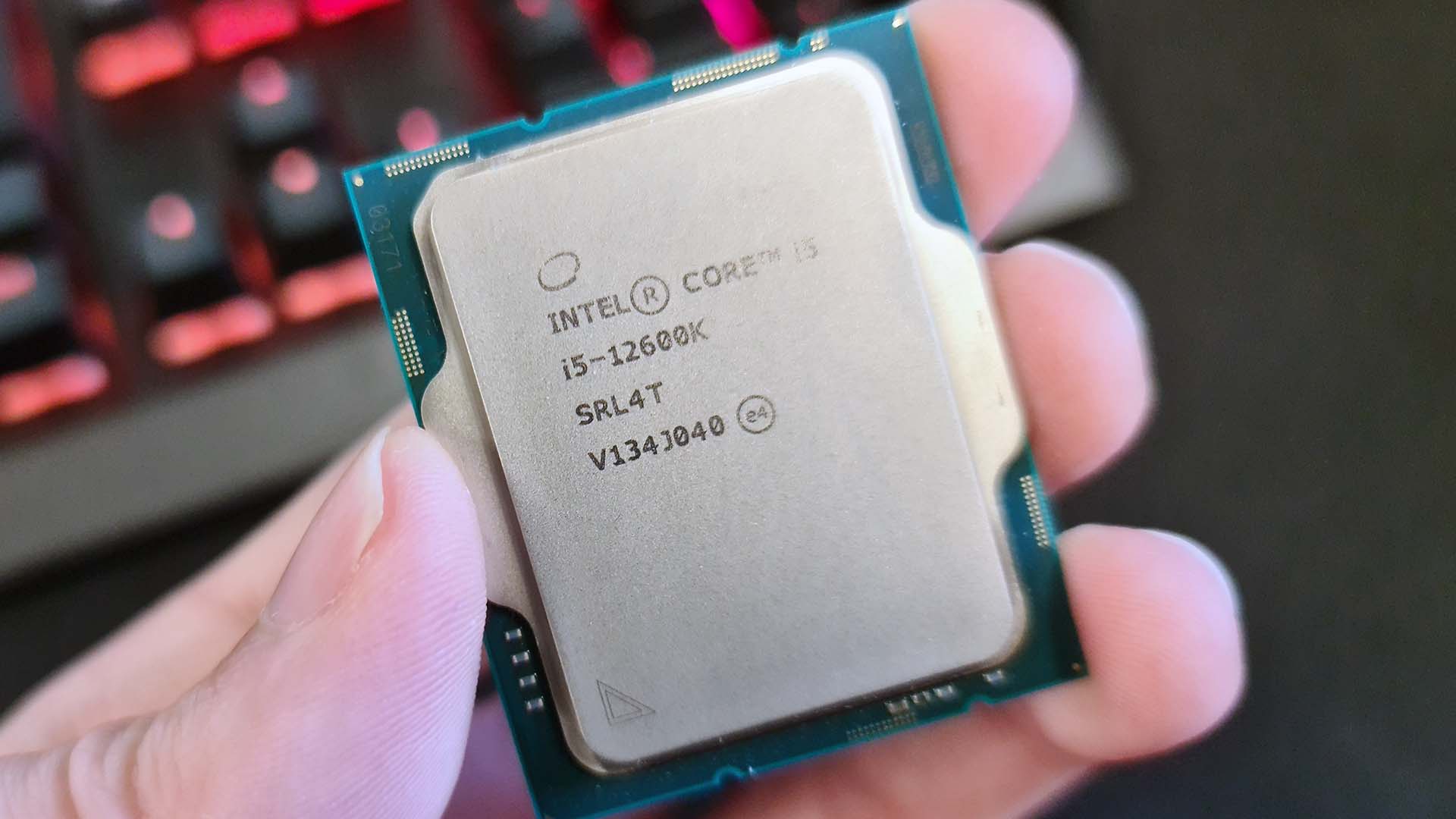
The key bits:
- Microsoft releases Windows 11
- Intel releases its evolutionary 12th Gen Alder Lake CPUs
- The metaverse is a thing, and it's also bullshit
- A GPU truck heist actually happened
- Facebook renames itself to Meta
The important bit: There are two major developments worth talking about during October through to December, and they share a symbiotic relationship designed to improve PC performance. I'm talking about Intel's 12th Gen Alder Lake processors and Windows 11.
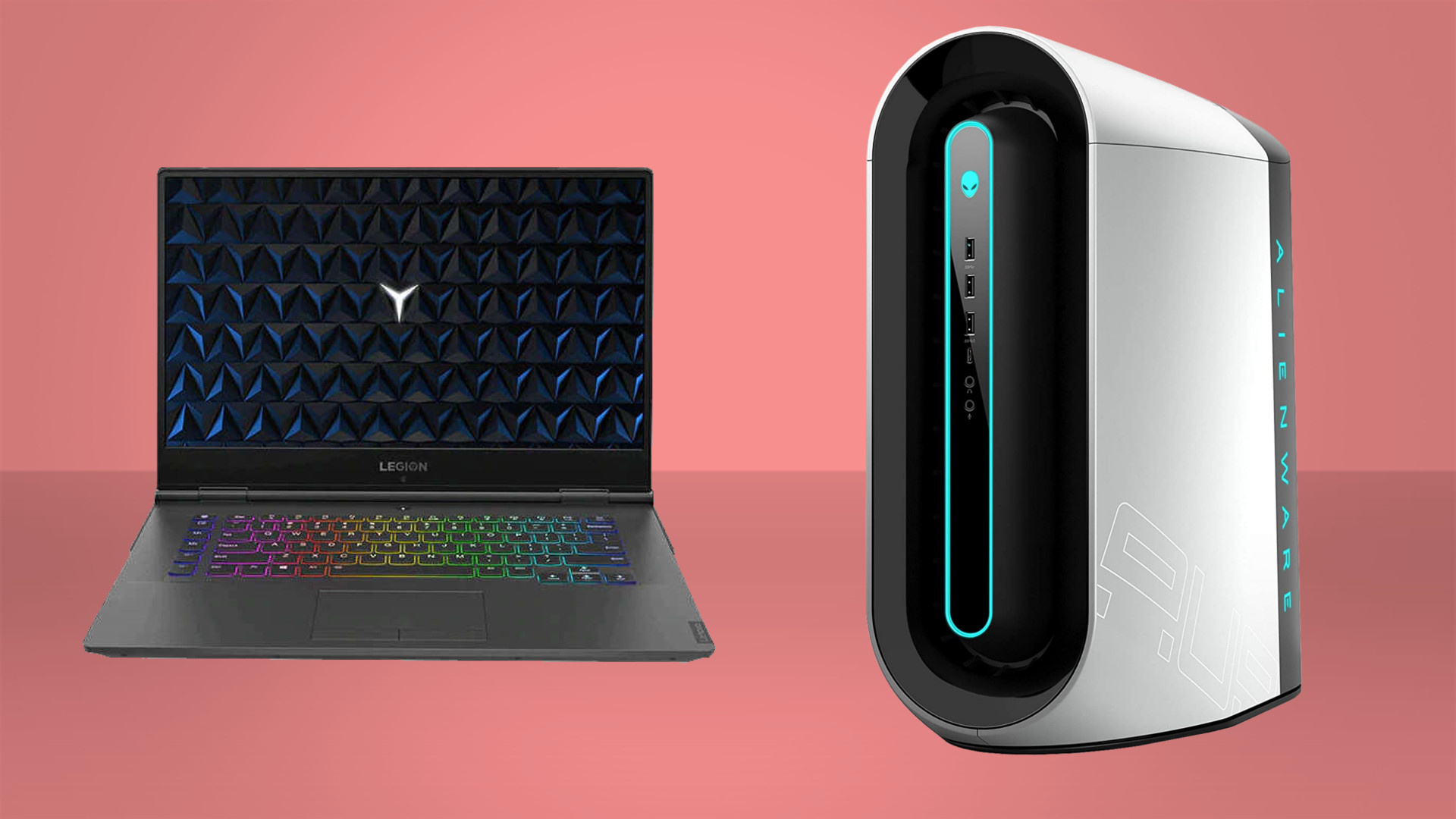
Best gaming PC: the top pre-built machines from the pros
Best gaming laptop: perfect notebooks for mobile gaming
Windows 11 was first out the gate, arriving on October 5. Though, saying that, it wasn't exactly ready for general consumption, and still to this day feels like a fancy reskin rather than a fully-fledged new operating system. There are reasons to upgrade, though, and not the least bit because all its corners are nicely rounded off.
Shortly after Windows 11 turns up, so too does Intel finally put its 12th Gen processors in the hands of gamers. It's a good thing they arrived this way, too, as Intel's brand new Alder Lake architecture, with all its P-cores and E-cores, could really do with some organising, courtesy of Windows 11 and Intel's Thread Director. Basically, 12th Gen works best on Windows 11.
Whichever OS you wield, Alder Lake is an impressive architecture and a big leap in the right direction for Intel. The Core i9 12900K is a mighty gaming chip, and takes the crown from AMD's best in almost every way, though it was the Core i5 12600K that I fell head over heels for.
When we do get our hands on some new graphics cards, then, at least we'll have some stupendously good CPUs to pair them with.

Jacob earned his first byline writing for his own tech blog. From there, he graduated to professionally breaking things as hardware writer at PCGamesN, and would go on to run the team as hardware editor. He joined PC Gamer's top staff as senior hardware editor before becoming managing editor of the hardware team, and you'll now find him reporting on the latest developments in the technology and gaming industries and testing the newest PC components.

